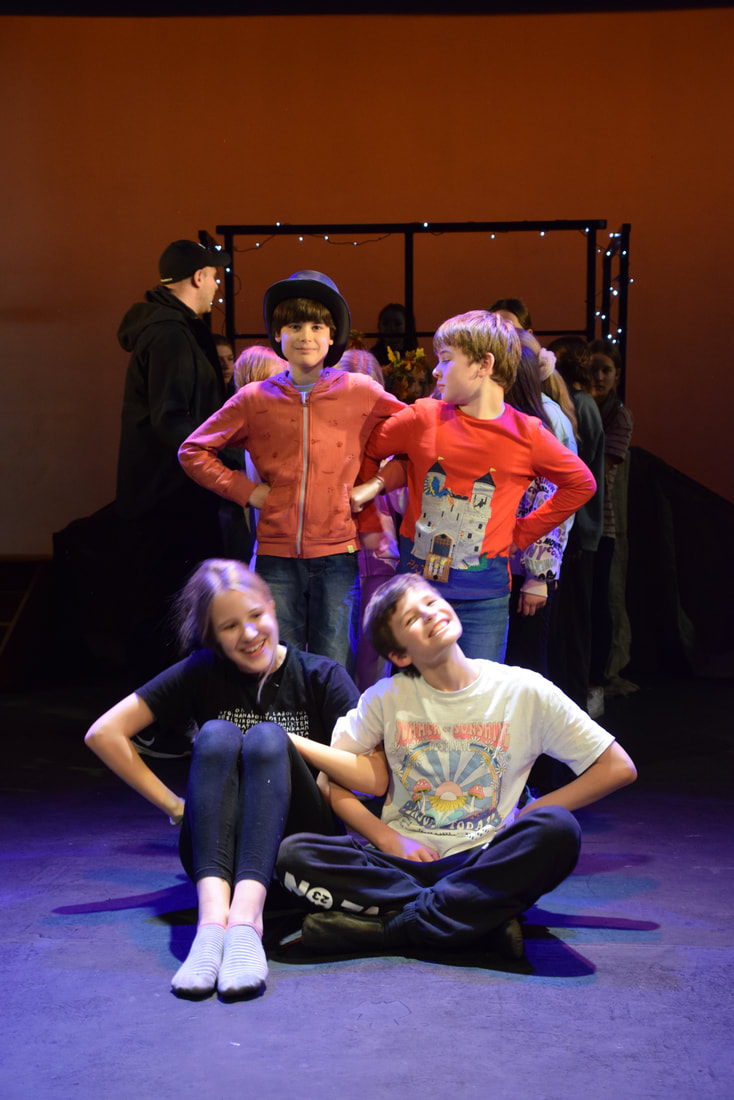Victorian Christmas traditions by Joshua Shearer and Nils Collins
The Christmas Tree
Many people think that Prince Albert (Queen Victoria’s husband) was responsible for shaping how Christmas was celebrated by British Victorian families. He was born in Germany. In Germany evergreen trees were traditionally brought into the home at Christmas time and decorated (with candles, sweets and fruit). In 1848 the royal family were pictured celebrating Christmas around such a decorated tree, and the fashion for Christmas trees spread very quickly from this point on
In 1843 Henry Cole, the first director of the Victoria and Albert Museum, asked an artist to make a card for him to send out at Christmas. It featured a family sitting around a dinner table and a Christmas message. The idea seemed to catch on and soon many wealthy Victorian families were sending out their own cards.
Victorian children were encouraged to make their own cards and there is even evidence that Queen Victoria had her own children do this. The first cards usually had pictures of the Nativity scene on them. In late Victorian era, robins and snow-scenes became popular. In those times the postmen were nicknamed 'Robin Postmen' because of the red uniforms they wore. This is why Christmas cards often show a robin delivering cards.
| Victorian Christmas Crackers In 1848 a British sweet maker, Tom Smith, came up with the idea for the Christmas cracker. The idea came to him when he saw sugared almonds sold in twists of paper in Paris. He used this as inspiration for his Christmas crackers – sweets wrapped in a paper package that snapped apart when you pulled the ends. His idea was adapted and improved. The sweets were often replaced with Christmas paper hats and small gifts were added. The Christmas crackers of the later Victorian era were quite similar to the crackers placed on today’s Christmas dinner tables. Victorian Christmas Presents and Gifts At the beginning of the Victorian period families often gave and received presents to celebrate the New Year. But, as the importance of Christmas as a family celebration grew, the gift-giving was moved to Christmas. The first Christmas presents were fairly small – like fruits, nuts, sweets and handmade items. These would be hung from the branches of the Christmas tree. The size and expense of the gifts steadily increased. Victorians started to buy gifts from shops and they were often too big to hang from the tree. By the end of the Victorian era, many families had taken to leaving Christmas gifts under the tree. |
In northern England roast beef was the traditional fayre for Christmas dinner while in London and the south, goose was favourite. Many poor people made do with rabbit. On the other hand, the Christmas Day menu for Queen Victoria and family in 1840 included both beef and of course a royal roast swan or two.
The first Victorian mince pies were made of meat (a recipe that dates from Tudor times), but the mince pies made later in the nineteenth century didn’t contain meat and were pretty much like the ones we enjoy today.
Although some Victorian families celebrated Christmas with roast goose or beef, it was in Victorian times that roast turkey became the main part of the Christmas dinner. By the end of the Victorian period, most families would roast a turkey for Christmas.
| Christmas Carols Christmas carols became popular in Victorian times, with singers going from house to house singing new popular carols, such as “O come all ye Faithful”, “Once in Royal David’s City”, and “Away in a Manger”, which are still seen as important symbols of Christmas today. Holidays As the Industrial Revolution brought prosperity, the idea of official holidays was established for the first time. Middle class workers were able to take Christmas Day and Boxing Day off, to spend with their families. Charity to the poor also became a tradition. The term “Boxing Day” was invented by the Victorians, inspired by the boxes of gifts that were given to servants and poor people on the day after Christmas Day. Other Facts About Christmas in Victorian Times The family was very important to the Victorians. Christmas was seen as a time to focus on family, and most of the Victorian Christmas traditions (such as gift giving, eating a Christmas dinner, decorating the Christmas tree) were shared by all of the family members. |

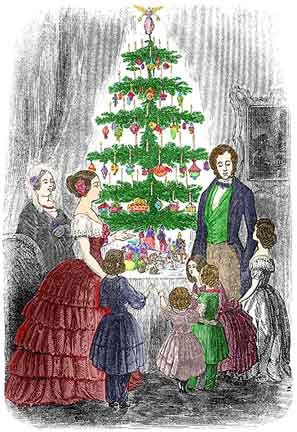
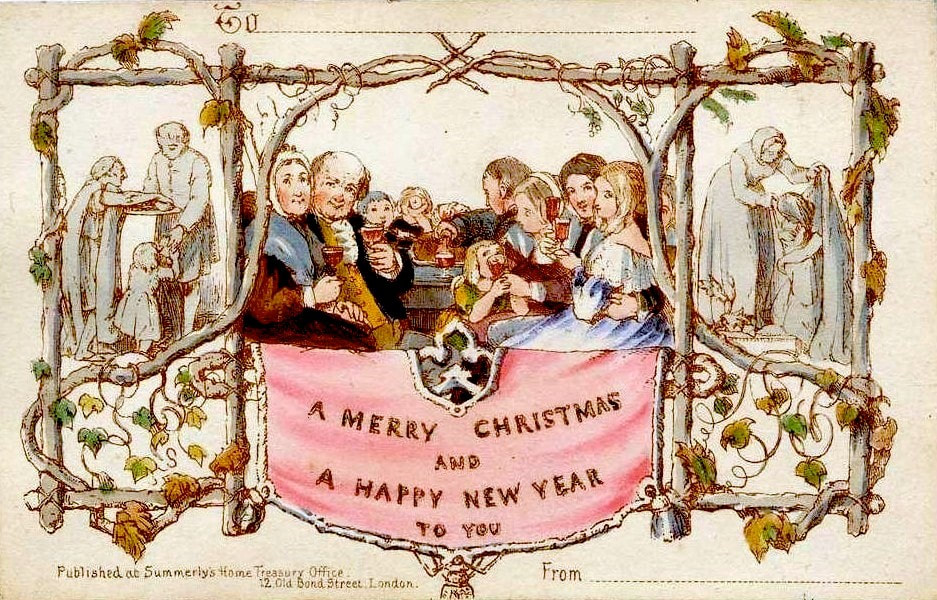
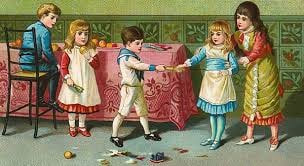
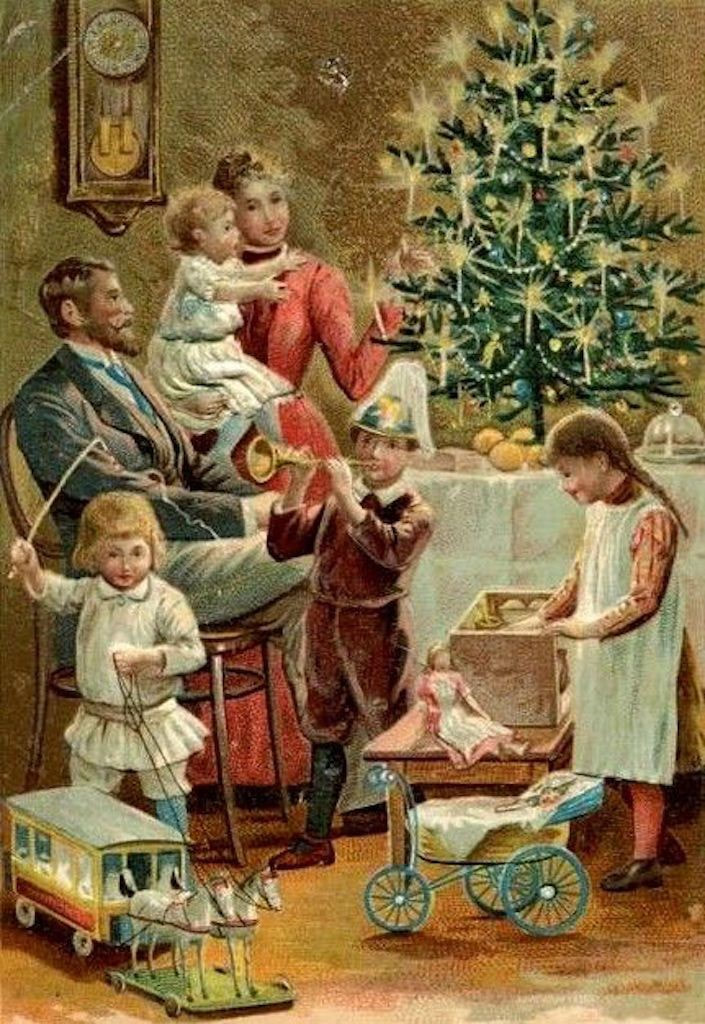
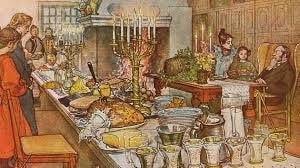
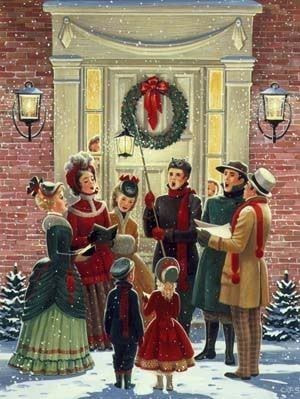
 RSS Feed
RSS Feed
